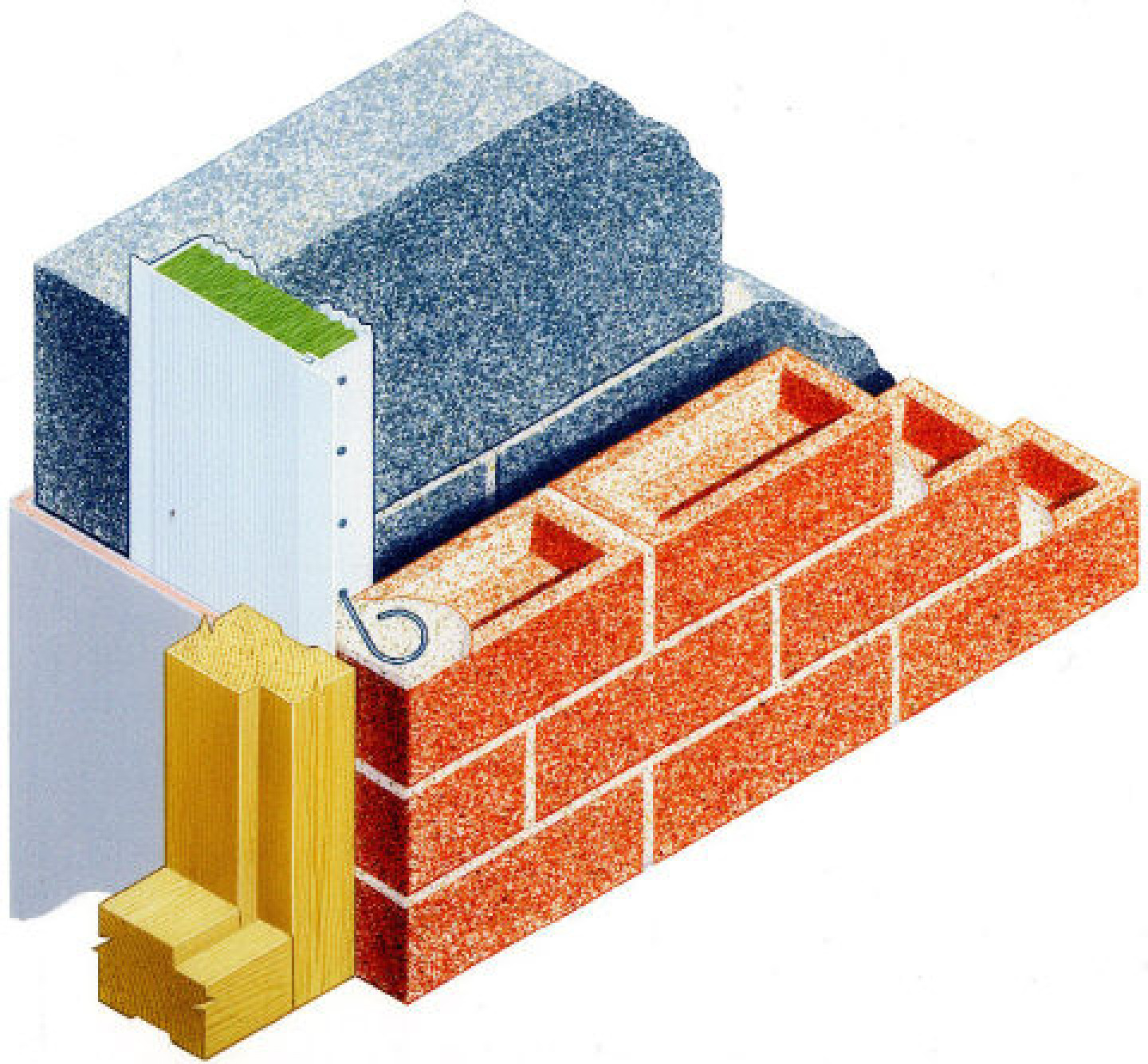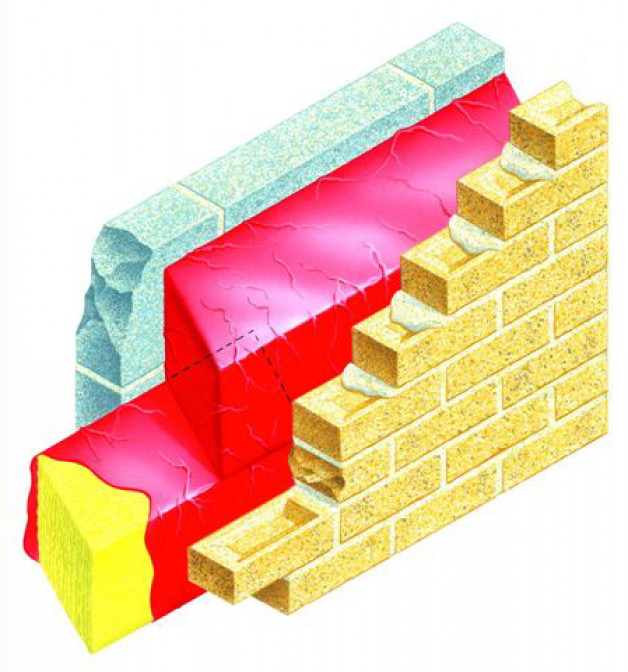Cavity closers and barriers. Is there a danger the performance of fire-rated cavity closers and cavity barriers might deviate from the level of performance anticipated, when incorporated to standards commonly witnessed on building sites?
Fire testing establishments and bodies such as the BBA quite understandably do not provide warranties. It is down to those constructing the building to aspire to the highest standards to get it right. Whilst one continues to witness variable masonry tolerances and standards of workmanship, one questions whether building envelope fire resistance will actually provide the intended level of protection in the event of a serious fire? Compliant construction should leave nothing to chance.
Fire-resistant cavity closers are an accepted way of addressing window and door reveals. A typical closer contains a non-combustible thermal and fire-resistant core that straddles the cavity, effectively linking both skins. Such closers provide passive fire protection. Applied to all four sides of an opening, the completed installation provides a level of fire resistance, commonly 30 or 60 minutes.
To establish the number of minutes, closers are subjected to testing at a fire research station. Such stations do a good job – one can accept they want to get it right, and accordingly best practice construction is witnessed. Products interface squarely, correctly and consistently. But if one looks at actual on-site conditions and building tolerances, they can be different, prompting the question to what extent currently-accepted site tolerances might adversely affect the performance of fire-resistant cavity closing?
Fire-resistant core functionality relies on continuous interfacing. Core longevity can be aided with the use of stainless-steel metal ties as opposed to plastic ties securing the closer to the masonry. Metal ties that project through the closer body and continue into the actual protective core itself, can extend the period the resistant core is anchored and held in position when fire is attacking. Core continuous interfacing and core retention being the objectives. The building fabric should be constructed so that there are ‘no reasonably avoidable gaps within various elements, at the joints between elements, and at the edges of elements such as those around window and door openings’, as stipulated within L1A 5.9.
Cavity Trays Ltd is the manufacturer of Cavi 60 fire rated closers. Cavi 60 denotes sixty minutes fire resistance when tested. The stainless-steel ties supplied with the closers produced by Cavity Trays Ltd do not melt like plastic ties. The stainless ties extend into the fire-resistant core, providing important ongoing support.
Best practice installation is also essential when incorporating horizontal cavity fire barriers. Such barriers are commonly rectangular in profile and compressed when incorporated between masonry skins of a cavity wall. Penetrating water can pool and reservoir on top of an unprotected barrier, as it effectively acts as a bridge, linking the two skins. A bridge provides a route over which water can track.
An alternative approach is to use a cavity barrier that is shaped. The sloping top ensures water is always directed forward – away from the inner skin. No top surface pooling can take place. The bottom of the barrier also slopes, providing adjacent lengths with two joining options. (end-to-end or lapped above or below each other). Fire integrity, acoustic integrity and the sloping benefit are retained, uninterrupted. No other barrier provides all such advantages. Cavity Trays Ltd is the manufacturer of Cavi 60 Type SAF barriers. Cavi 60 Type SAF denotes = 60 minutes rating + Sloping + Acoustic + Fire.

